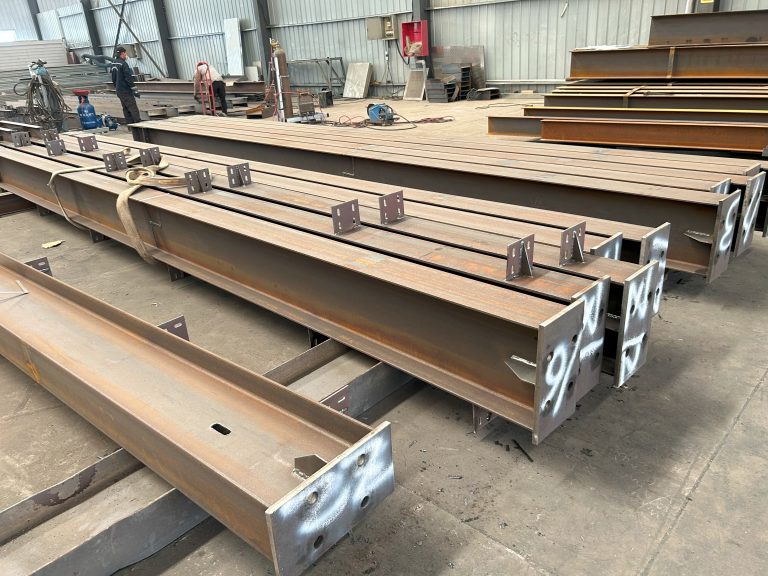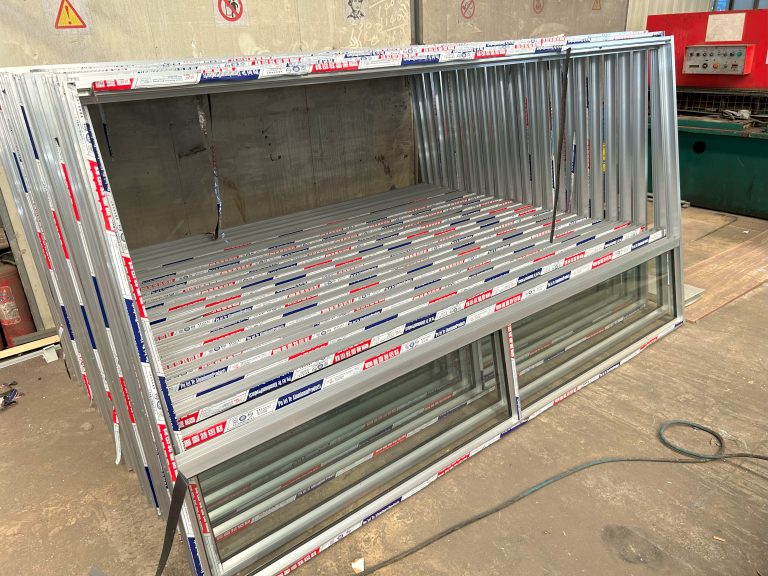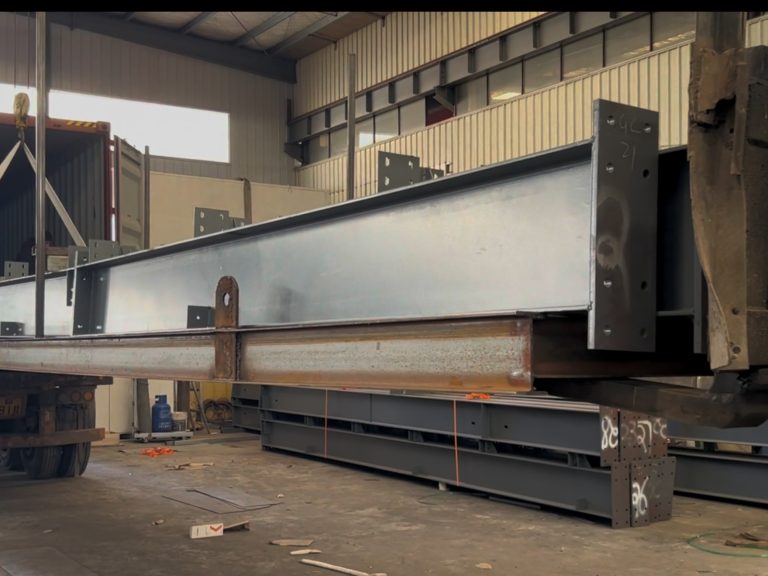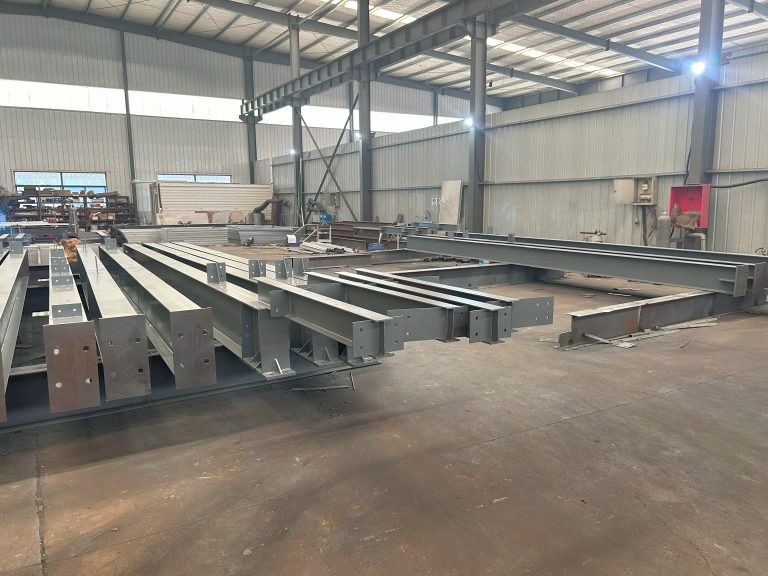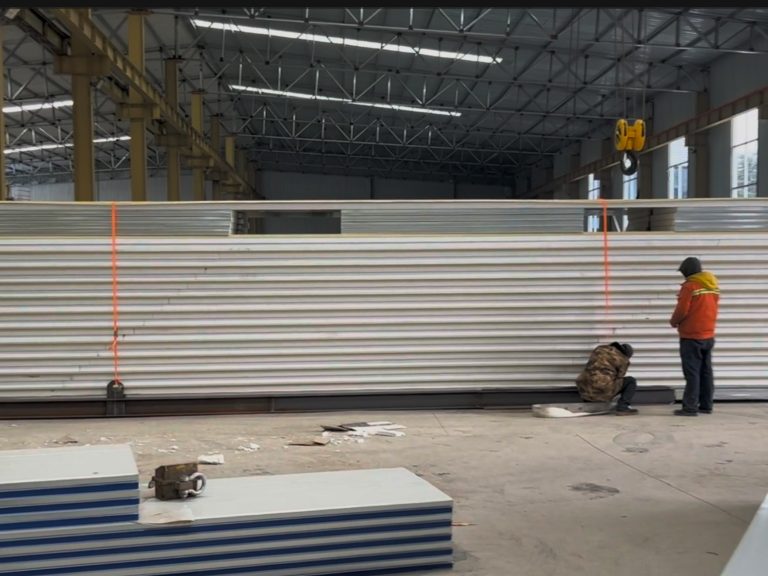What is the aesthetic effect and artistic value of the light panel in the building facade design?
Table of Contents
Enhancing Architectural Features with Light Panels in Building Facade Design
Light panels have become a popular choice for enhancing architectural features in building facade design. These panels not only serve a functional purpose by providing illumination, but they also have a significant aesthetic effect and artistic value. The use of light panels in building facades can transform the overall look and feel of a structure, creating a visually striking and dynamic appearance.
One of the key aesthetic effects of light panels in building facade design is the ability to create a sense of depth and dimension. By strategically placing light panels at different levels and angles, architects can play with light and shadow to add texture and visual interest to the facade. This can help to break up the monotony of a flat surface and create a more dynamic and engaging design.
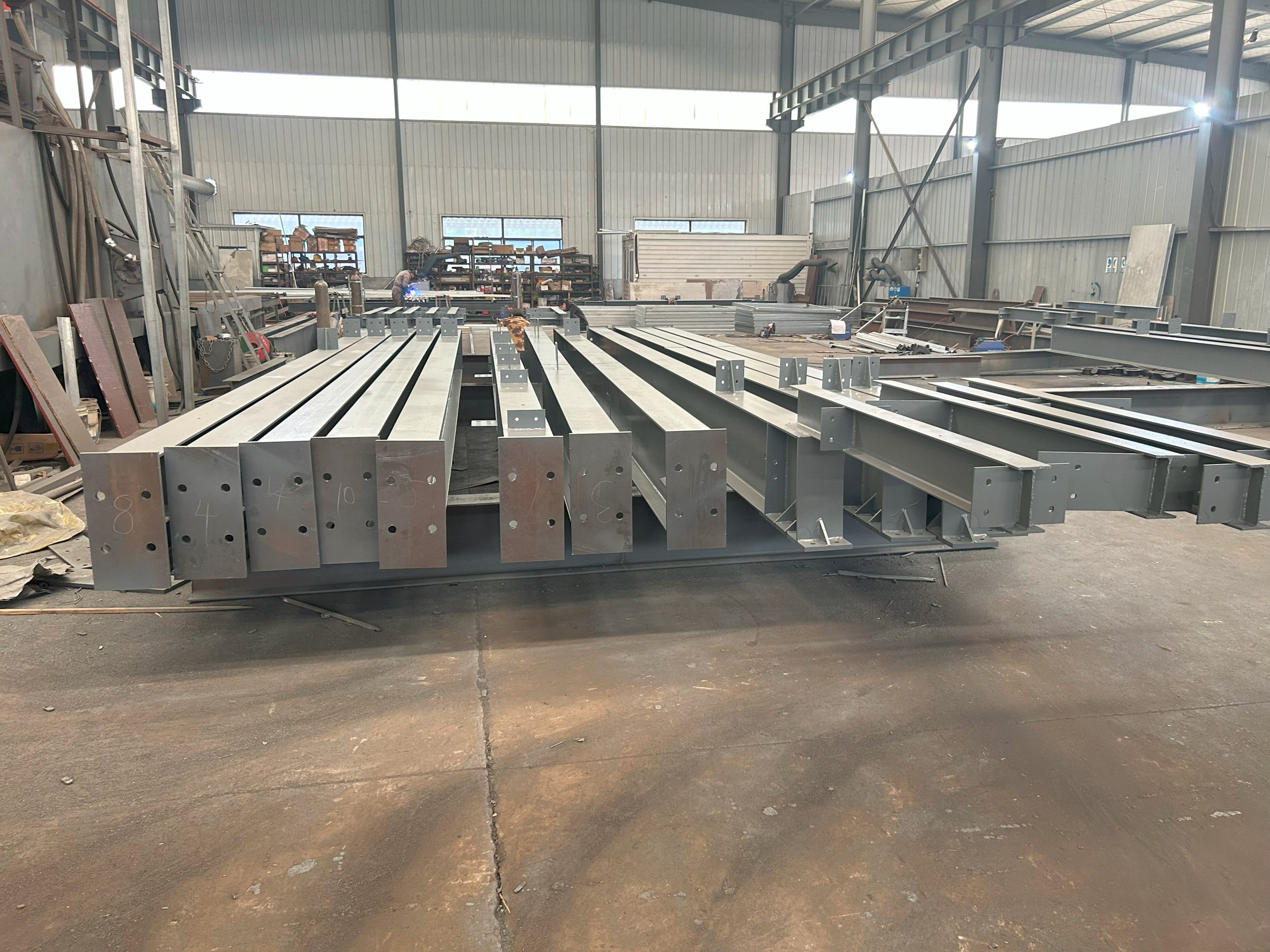
In addition to adding depth and dimension, light panels can also be used to highlight specific architectural features of a building. By directing light towards certain elements, such as columns, arches, or decorative details, architects can draw attention to these features and create a focal point for the facade. This can help to emphasize the unique character of a building and enhance its overall aesthetic appeal.
Furthermore, light panels can be used to create a sense of movement and rhythm in building facade design. By incorporating dynamic lighting effects, such as color-changing LEDs or programmable patterns, architects can create a visually dynamic and engaging facade that captures the attention of passersby. This can help to make a building stand out in its surroundings and create a memorable impression on viewers.
Another important aspect of the aesthetic effect of light panels in building facade design is their ability to create a sense of ambiance and atmosphere. By choosing the right color temperature and intensity of light, architects can create different moods and evoke specific emotions in viewers. For example, warm, soft lighting can create a cozy and inviting atmosphere, while cool, bright lighting can create a more modern and sleek look.
In addition to their aesthetic effect, light panels also have significant artistic value in building facade design. The use of light as a medium allows architects to explore new creative possibilities and push the boundaries of traditional design. Light panels can be used to create intricate patterns, abstract shapes, and even interactive installations that engage viewers and spark their imagination.
Furthermore, the use of light panels in building facade design can also have practical benefits. In addition to providing illumination, light panels can help to improve the energy efficiency of a building by reducing the need for artificial lighting during the day. This can help to lower energy costs and reduce the environmental impact of the building.
Overall, the aesthetic effect and artistic value of light panels in building facade design are undeniable. By incorporating these innovative elements into their designs, architects can create visually stunning and dynamic facades that capture the imagination and leave a lasting impression on viewers. Light panels have the power to transform a building facade from ordinary to extraordinary, making them a valuable tool for enhancing architectural features and creating memorable spaces.
Creating a Visually Striking Atmosphere: The Artistic Value of Light Panels in Building Facade Design
Light panels have become a popular design element in modern architecture, adding a visually striking atmosphere to building facades. These panels are not only functional in providing illumination but also serve as an artistic expression that enhances the overall aesthetic of a structure. The use of light panels in building facade design has become a trend in contemporary architecture, with architects and designers incorporating them into their projects to create unique and visually appealing spaces.
One of the key aesthetic effects of light panels in building facade design is the play of light and shadow. By strategically placing light panels on a facade, designers can create dynamic patterns of light and shadow that change throughout the day. This interplay of light and shadow adds depth and dimension to the facade, creating a visually interesting and dynamic effect that captures the attention of passersby.
In addition to the play of light and shadow, light panels can also be used to create a sense of movement and rhythm in a building facade. By varying the intensity and color of the light emitted from the panels, designers can create a dynamic and ever-changing visual experience for viewers. This sense of movement and rhythm adds a sense of energy and vitality to the facade, making it more engaging and visually appealing.
Furthermore, light panels can also be used to highlight architectural features and details of a building. By strategically placing light panels around key elements of a facade, designers can draw attention to specific areas of the building and create focal points that enhance the overall design. This technique can help to emphasize the unique characteristics of a building and create a sense of drama and intrigue that captivates viewers.
Another important aspect of the aesthetic effect of light panels in building facade design is their ability to create a sense of ambiance and mood. By using different colors and intensities of light, designers can evoke different emotions and create different atmospheres within a space. For example, warm, soft lighting can create a cozy and inviting atmosphere, while cool, bright lighting can create a more modern and sleek feel. This ability to manipulate the ambiance and mood of a space through lighting adds a layer of depth and complexity to building facade design, making it more engaging and immersive for viewers.
In conclusion, the aesthetic effect and artistic value of light panels in building facade design are undeniable. These panels not only provide functional illumination but also serve as a powerful design element that enhances the overall aesthetic of a structure. By playing with light and shadow, creating movement and rhythm, highlighting architectural features, and manipulating ambiance and mood, designers can create visually striking and engaging spaces that captivate viewers and leave a lasting impression. Light panels have become an essential tool in the arsenal of architects and designers, allowing them to push the boundaries of creativity and innovation in building facade design.


